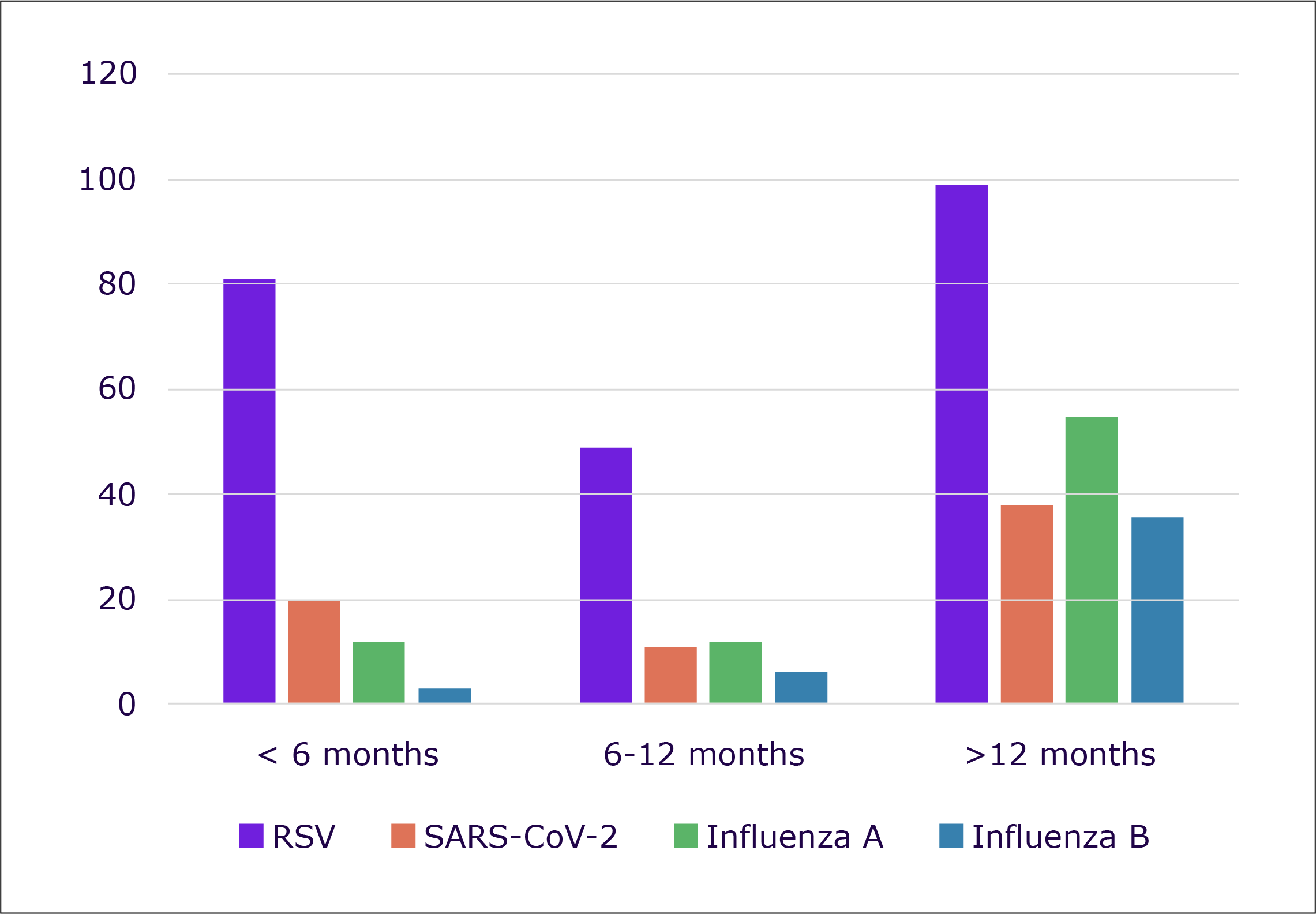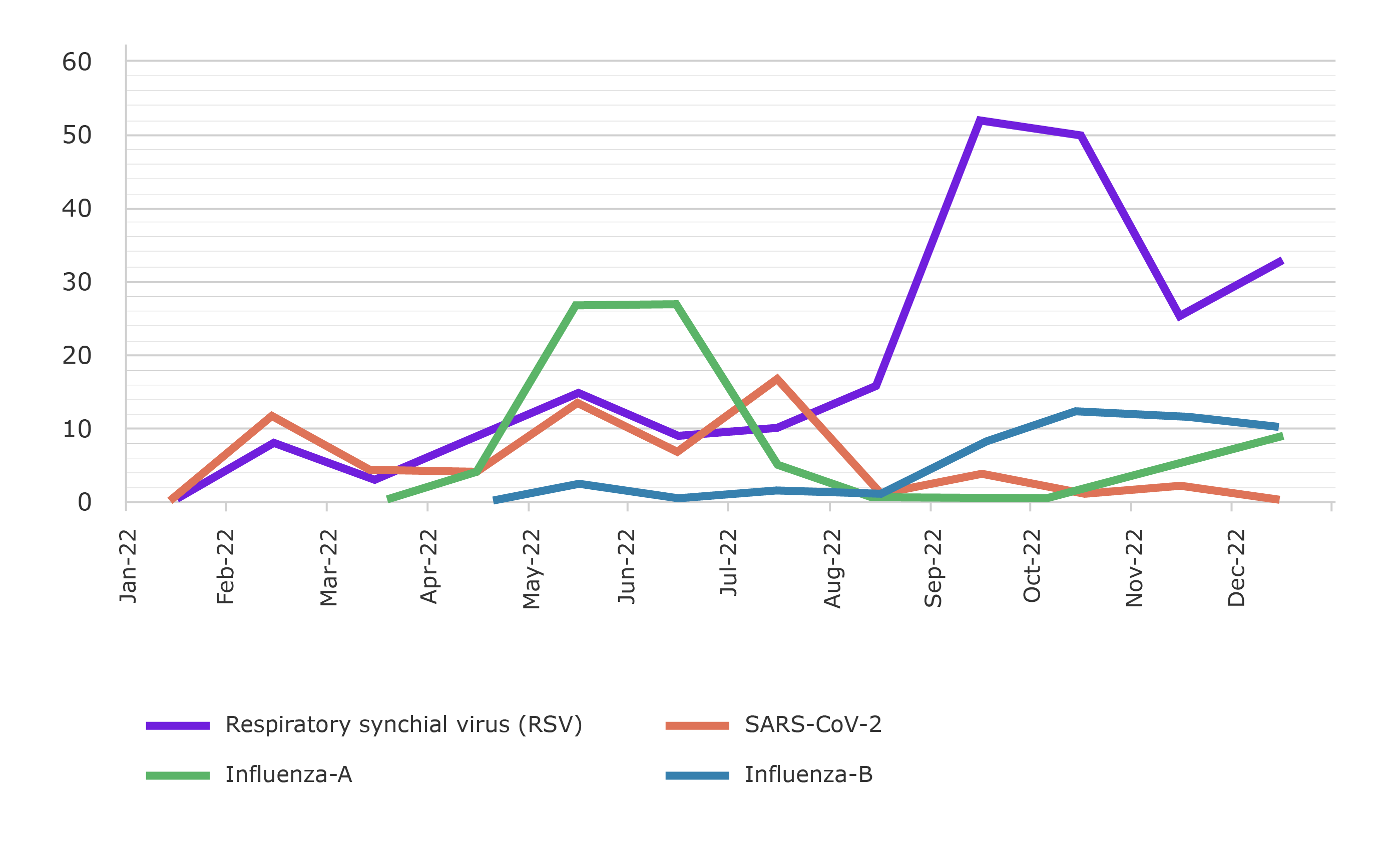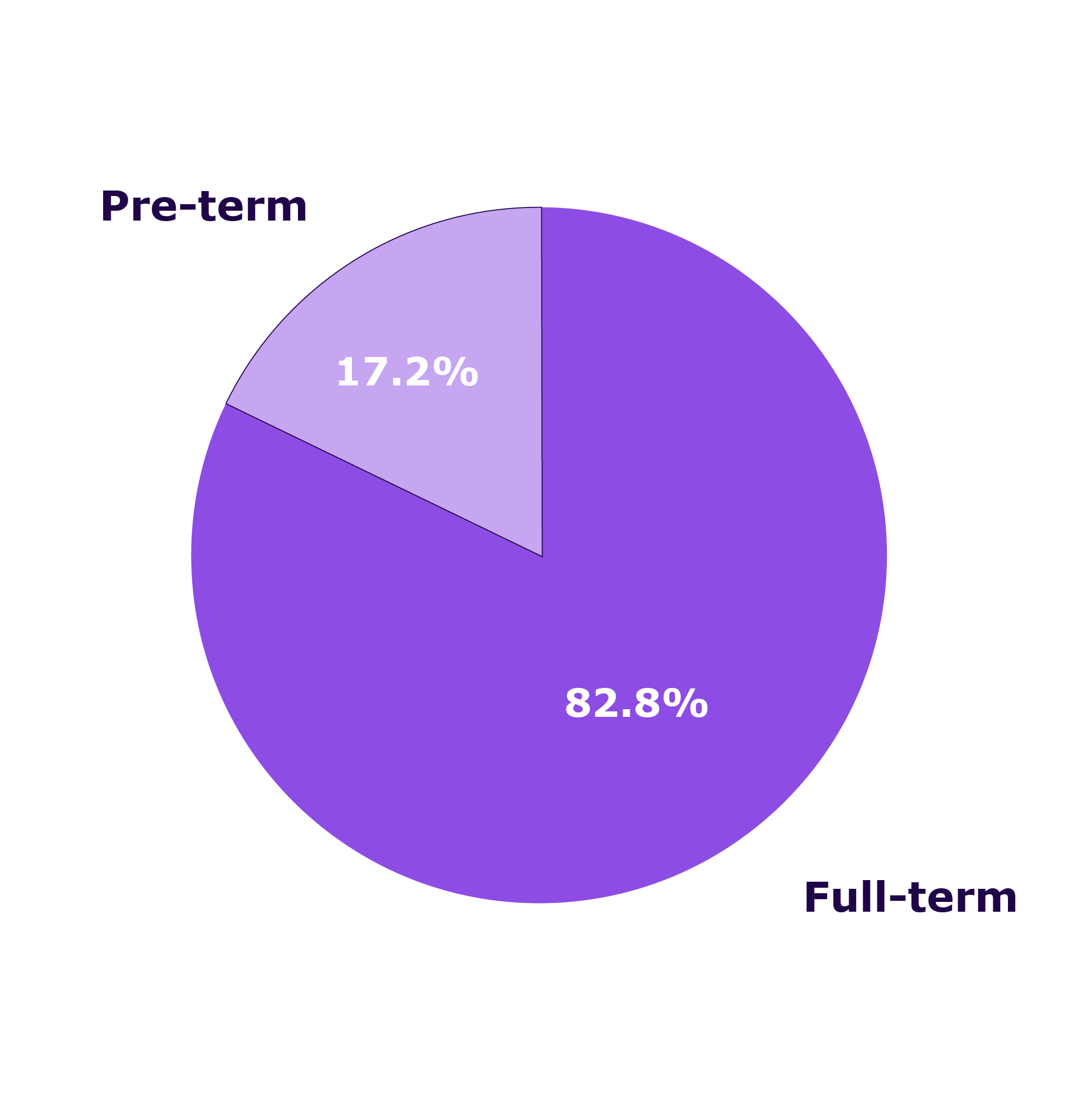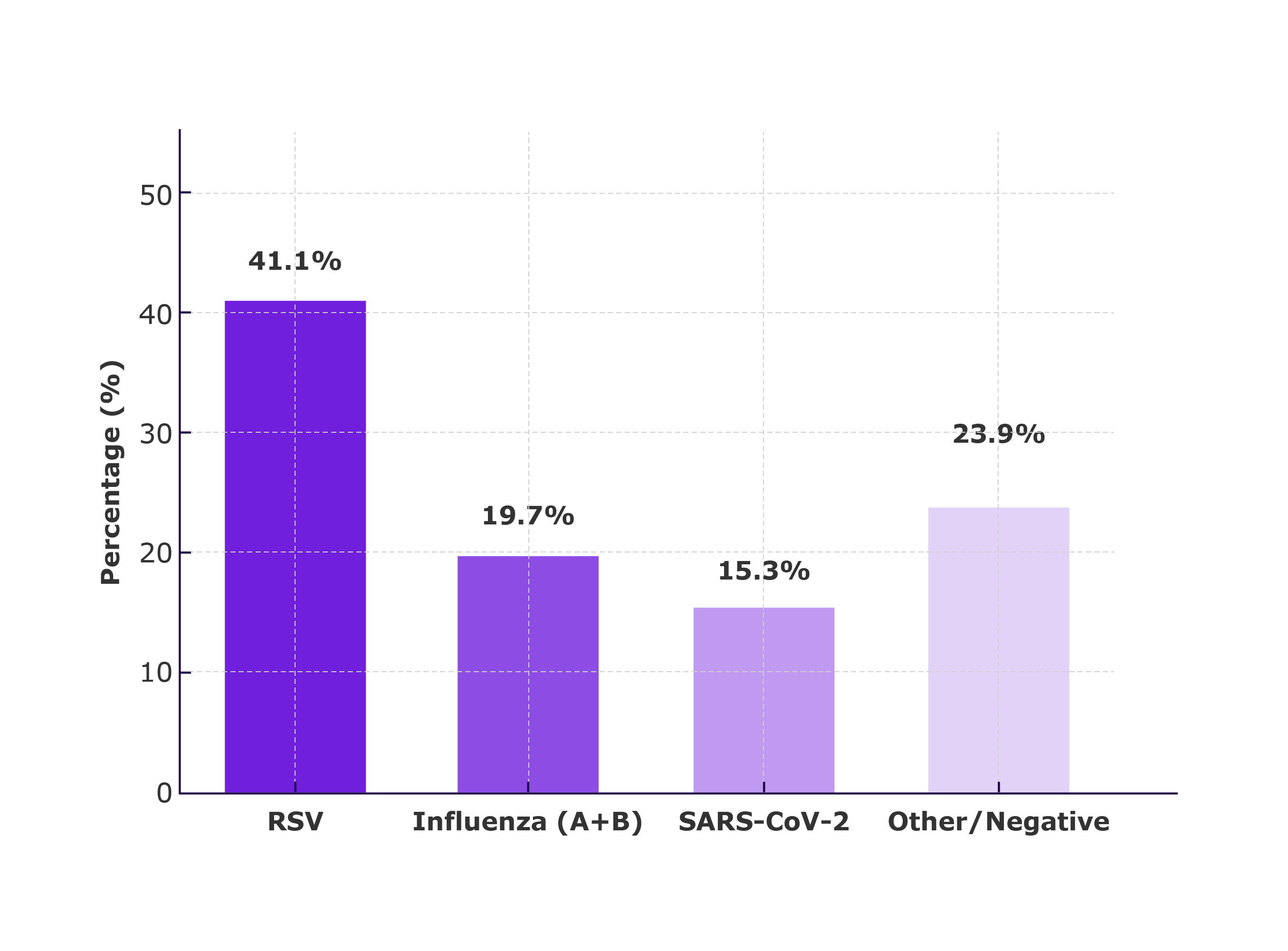- Article
- Source: Campus Sanofi
- Sep 17, 2025
Epidemiological Characteristics of RSV
Clinical and epidemiological characteristics of respiratory syncytial virus, SARS-CoV-2 and influenza paediatric viral respiratory infections in southwest Saudi Arabia

Study Design & Setting:
- Retrospective hospital-based study.
- Conducted at Abha Maternity and Children Hospital, Southern (Aseer) region Saudi Arabia, covering January 2021 – December 2022
- 423 children admitted with acute respiratory infections (ARI).

Study Objectives:
- Primary Aim: Compare clinical and epidemiological characteristics of infections caused by RSV, influenza (A&B), and SARS CoV-2 in hospitalized children.
- Additional Goal: Identify predictors of pediatric intensive care unit (PICU) admission among these patients.

Study Population:
- Population: Children admitted to Abha Maternity and Children Hospital in 2022 with acute respiratory infections.
- Case inclusion: Only those confirmed positive for RSV, influenza A/B or SARS-CoV-2.

Figure 1. Age distribution of RSV, severe acute respiratory syndrome coronavirus 2 (SARS-CoV-2) and influenza (A and B) infections among the enrolled children according to the age groups <6 months, 6–12 months and >12 months.
Epidemic curves of RSV, severe acute respiratory syndrome coronavirus 2 (SARS-CoV-2) and influenza (A and B) infections among hospitalized children from 1 January 2022 to 31 December 2022.

Gestational Age Distribution – RSV Cases Only

Distribution of Viral Infections in Hospitalized Children

Clinical Outcomes of RSV

Oxygen therapy:
61.6% of RSV-positive children
Ventilator support:
4.3% of cases

ICU admission rate:
13.3% → higher than influenza & SARS-CoV-2
Average hospital stay:
6.1 days (longer than other viral infections)

Seasonality:
RSV peaked
November–February

Mortality:
all deaths in infants
<1 year with
comorbidities
- Asseri AA, Al-Qahtani SM, Alzaydani IA, et al. Clinical and epidemiological characteristics of RSV, SARS-CoV-2 and influenza in children, Southwest Saudi Arabia. Ann Med. 2025;57(1):2445791. doi:10.1080/07853890.2024.2445791.
MAT-BH-2500492-V1-Sep 2025